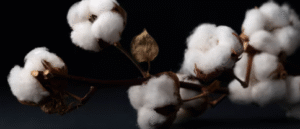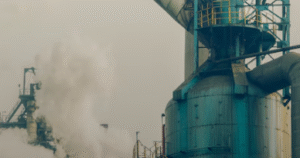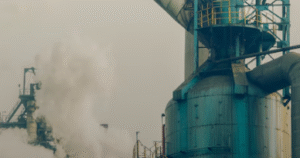$COT $USDT #CottonFutures #CommodityMarket #Investing #MarketTrends #Agriculture #CottonNews #FinancialNews #USDollar #OilPrices
Why Is Cotton’s Price Dropping Today and What Does It Mean for Investors?
Cotton news reveals that cotton futures are experiencing a weaker trading session on Monday, with losses ranging from 11 to 15 points across various contracts. Interestingly, the soon-to-expire October contract has managed to gain 21 points, indicating mixed sentiments in the market. This price action raises pertinent questions about the factors influencing cotton’s current trajectory and its implications for investors.
The recent fluctuation in cotton prices is closely tied to broader economic indicators. The US dollar index has risen by $0.410, bringing it to $97.825. This uptick in the dollar often correlates with commodity prices, as a stronger dollar typically makes dollar-denominated commodities more expensive for foreign buyers, thus dampening demand.
Moreover, crude oil prices have shown signs of resilience, bouncing back with an increase of $0.96 per barrel. Oil prices play a crucial role in the agricultural sector, impacting transportation costs and, consequently, the price of agricultural goods, including cotton. As oil prices rise, so do the expenses involved in cotton production and distribution, which can further influence market dynamics.
Understanding Market Forces Impacting Cotton Prices
Several external factors contribute to the current trends in cotton futures. Weather conditions, global supply chain disruptions, and changing consumer demand patterns are pivotal in shaping the agricultural landscape. For instance, unexpected weather events can severely affect crop yields, leading to a tighter supply and potentially higher prices. Conversely, if the supply outweighs demand, prices could continue to decline.
Additionally, the state of the economy plays a significant role in cotton prices. Economic indicators such as employment rates, consumer spending, and inflation can drive demand for cotton products. If economic growth slows, consumer demand may wane, leading to further price declines.
Investors should also consider the competitive landscape within the commodities market. Alternative fibers, such as synthetic materials, can impact cotton’s market share. As sustainability becomes a key focus for consumers, the demand for eco-friendly textiles may rise, affecting traditional cotton markets.
What Should Investors Do Next?
Given the current market conditions, investors in cotton futures should adopt a cautious approach. Monitoring economic indicators and weather forecasts can provide valuable insights into potential price movements. Additionally, diversifying investment portfolios to include a range of commodities may help mitigate risks associated with price volatility.
Furthermore, staying informed about cotton news and market trends can equip investors with the knowledge necessary for making informed decisions. Engaging with financial analysis platforms or subscription services dedicated to commodity markets can enhance understanding and strategic positioning.
In summary, while the cotton market faces challenges with price declines, understanding the underlying economic forces can help investors navigate these turbulent waters. By staying informed and flexible, investors can position themselves for potential opportunities in the evolving agricultural landscape.
For more insights on stock and commodity trading, visit our stock section for additional resources and updates.











Comments are closed.